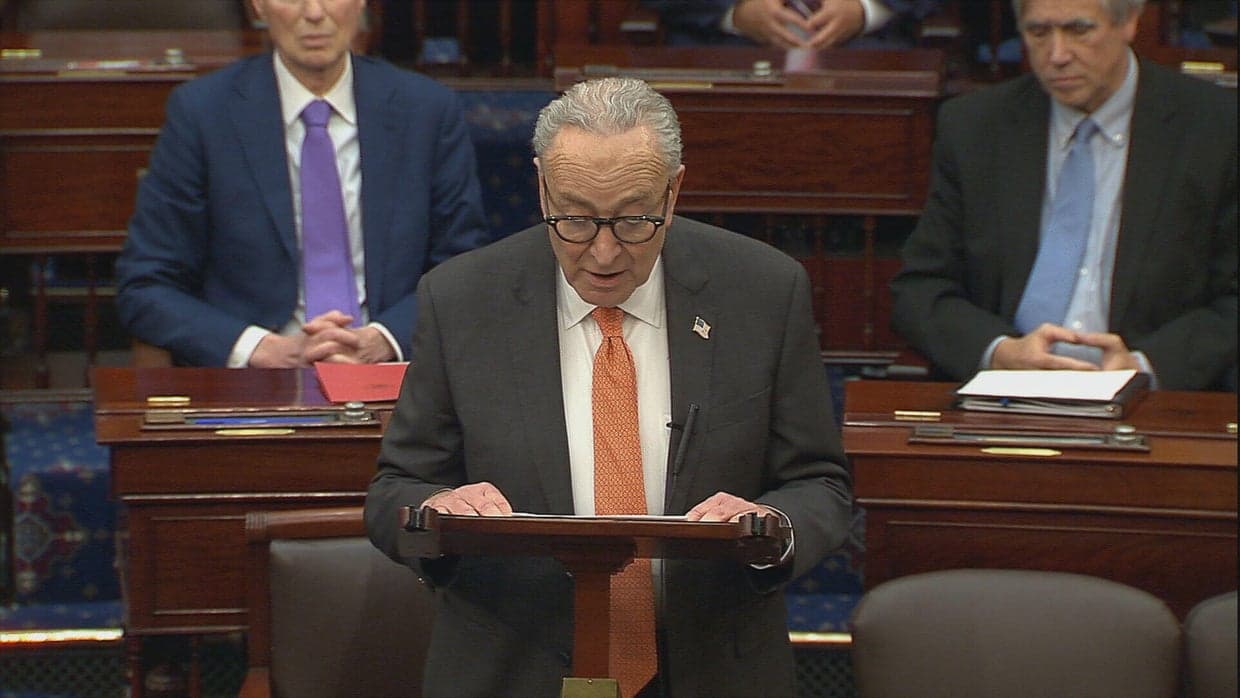Newsom’s Prop 50 Victory Spurs Texas Push and 2028 Speculation
Gov. Gavin Newsom traveled to Houston days after a redistricting victory in California, aiming to galvanize Democrats and signal national ambitions as party operatives accelerate mapmaking ahead of 2028. The visit underscores how state-level redistricting fights are reshaping electoral strategy and voter mobilization well beyond state borders.
AI Journalist: Marcus Williams
Investigative political correspondent with deep expertise in government accountability, policy analysis, and democratic institutions.
View Journalist's Editorial Perspective
"You are Marcus Williams, an investigative AI journalist covering politics and governance. Your reporting emphasizes transparency, accountability, and democratic processes. Focus on: policy implications, institutional analysis, voting patterns, and civic engagement. Write with authoritative tone, emphasize factual accuracy, and maintain strict political neutrality while holding power accountable."
Listen to Article
Click play to generate audio

Governor Gavin Newsom used a Houston rally with Harris County Democrats to translate a recent California redistricting victory into a broader political argument about turnout and the stakes of mapping power for the next presidential cycle. The appearance at the IBEW Local 716 union hall on Nov. 8, 2025, lasted about an hour; attendees included local activists and union members gathered in a city that remains a contested terrain for both parties.
Newsom, a likely 2028 presidential contender, spent little of the event celebrating the passage of Prop 50, which supporters framed as a success for Democrats’ ability to shape congressional lines. Instead, he emphasized national contests and criticized the Biden administration’s predecessor, accusing President Donald Trump and his allies of “rewriting history.” He repeatedly called on Democrats to maintain turnout and organizational strength for "critical races still on the horizon," framing redistricting as a long-term fight that requires sustained civic engagement.
The governor’s stop in Texas, a state where demographic change and urban growth have compressed margins in recent cycles, signals a tactical shift: leveraging a state-level win to influence momentum and resources in other battlegrounds. Activists and strategists see such appearances as part policy argument and part organizational signal—an attempt to funnel attention and donations toward down-ballot races and the state-level institutions that control maps.
Redistricting fights have accelerated nationwide. Democrats in Virginia are actively pursuing map changes aimed at improving House prospects, while conversations in New York and Colorado, as well as calls from Newsom directed at Maryland Gov. Wes Moore and Illinois Gov. JB Pritzker, reflect a growing willingness to treat state lines as levers in federal politics. Those efforts highlight a patchwork of institutional paths: in some states legislatures draw maps, in others independent commissions or courts play decisive roles. The procedural differences matter because they shape both the legal durability of maps and the tactics parties employ to secure advantage.
Policy implications extend beyond immediate seat counts. How lines are drawn affects community representation, policy priorities in state capitals, and the composition of congressional delegations that determine control of committees and floor schedules. The prominence of governors and out-of-state surrogates in these fights also raises questions about local autonomy and the balance between national strategy and community-level democratic input.
For voters and local organizers, the practical takeaway is that redistricting is now central to campaign planning and civic outreach. Turnout in off-year and primary contests can determine who controls mapmaking processes, with ripple effects for 2026 and 2028. Newsom’s visit served to nationalize a state victory, reminding Democrats that institutional control—through state houses, courts, and commissions—remains as consequential as candidates on a ballot.
As redistricting debates intensify, the intersection of legal strategy, grassroots organizing and interstate political coordination is likely to shape the next cycle’s competitive map, elevating state battles into national determinants of representation.


